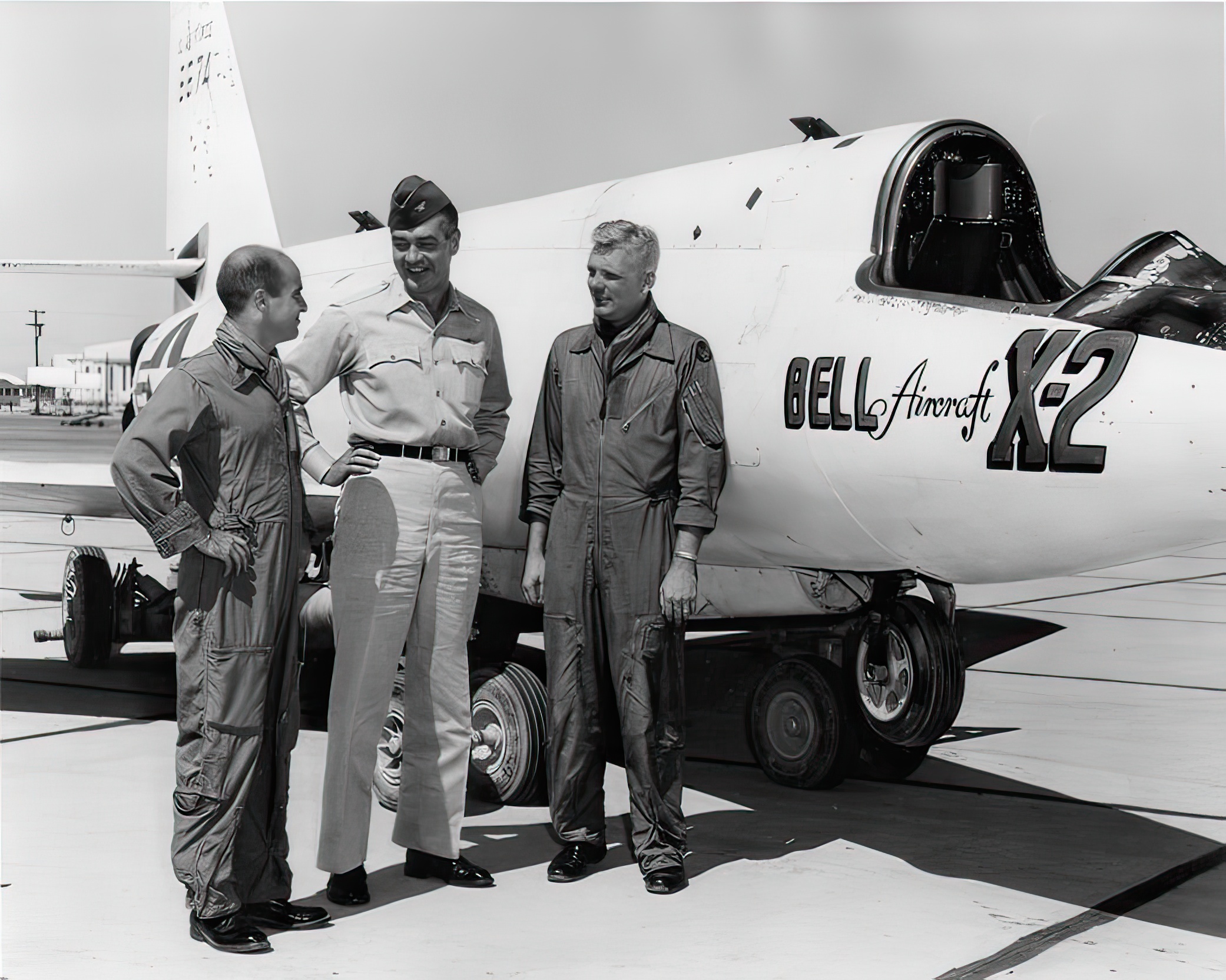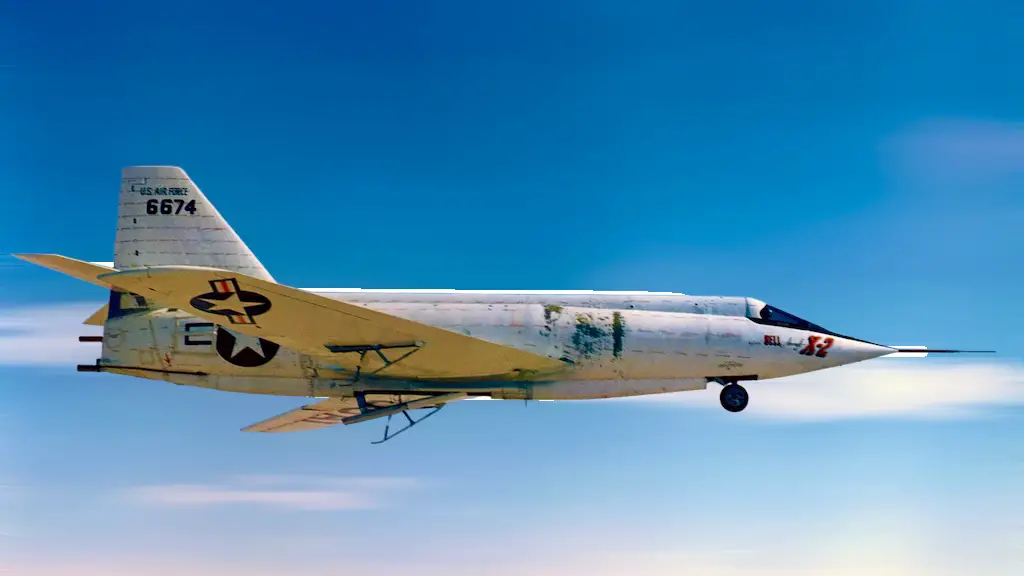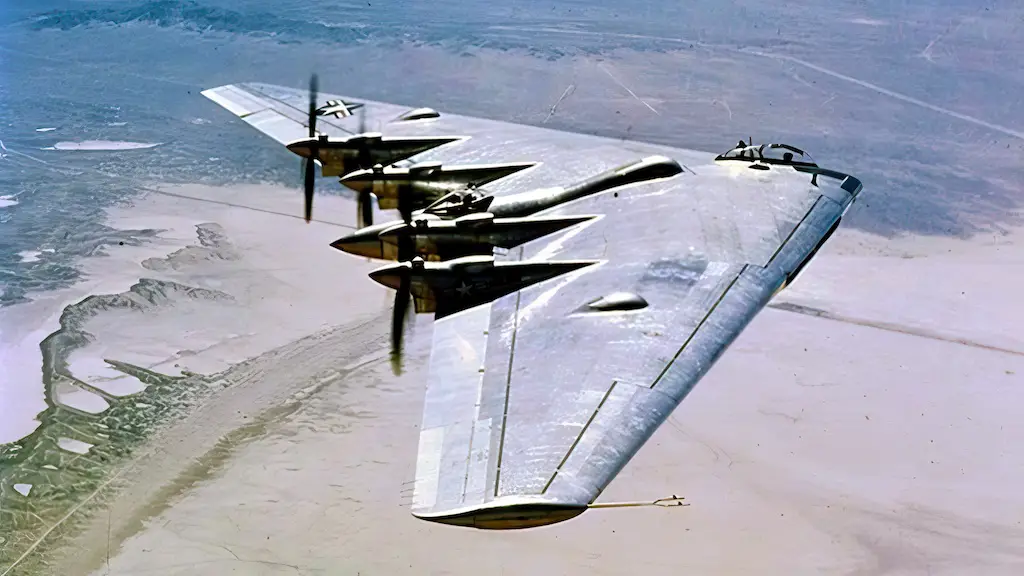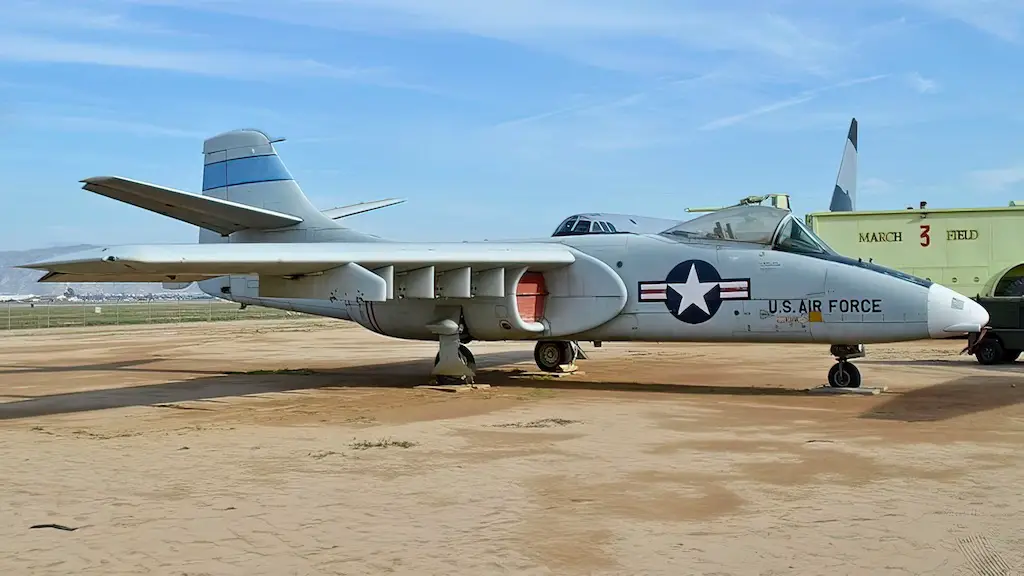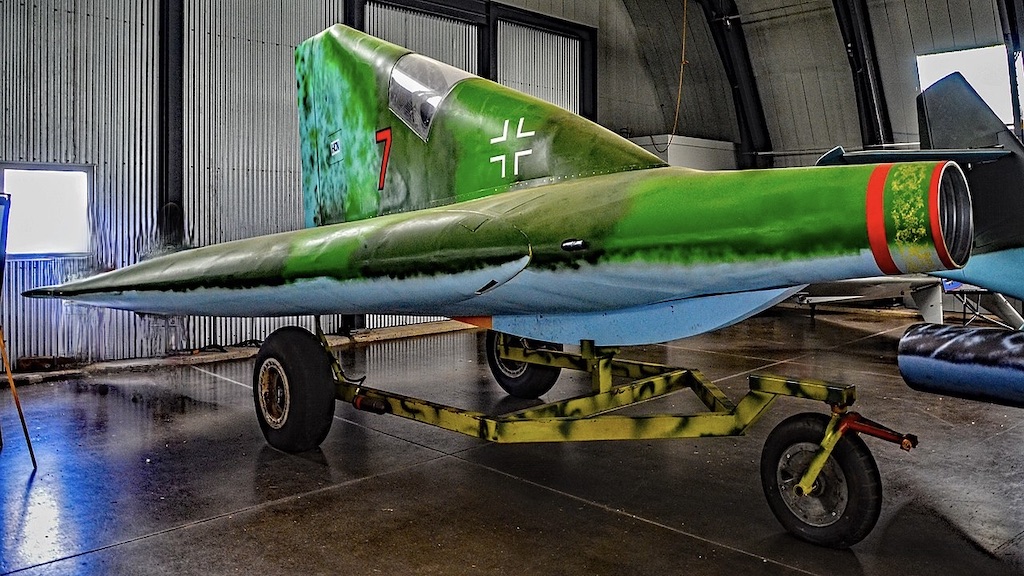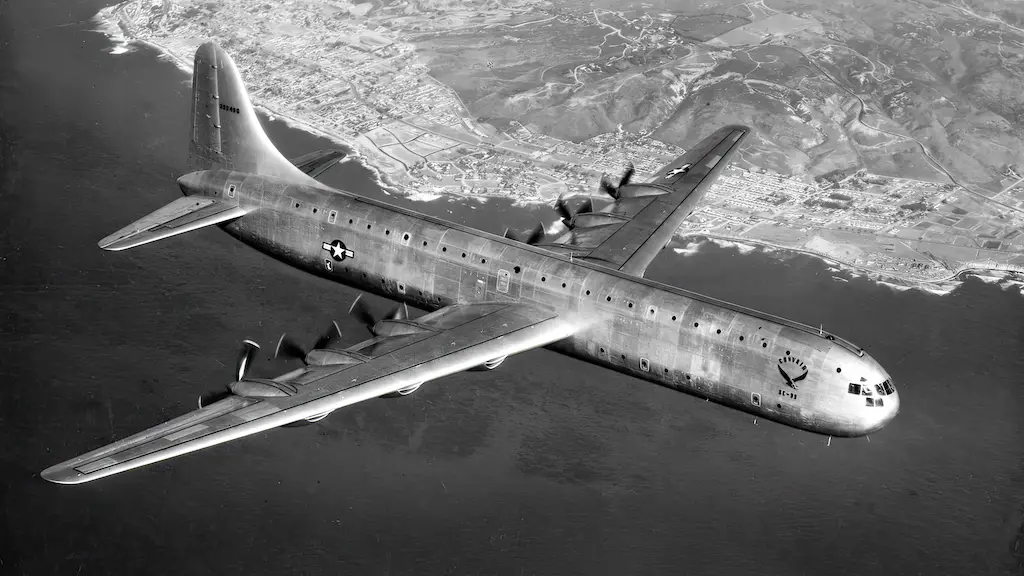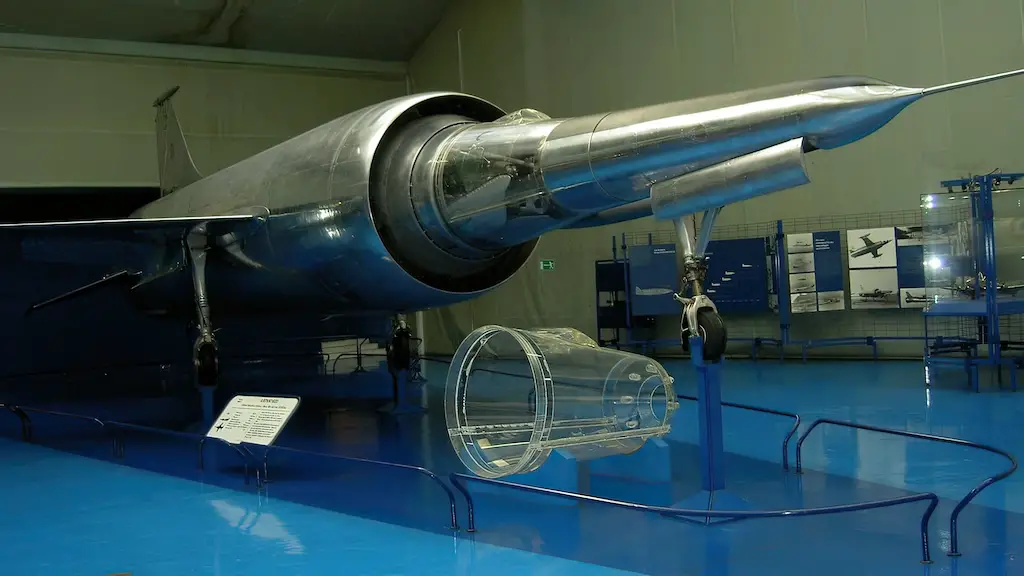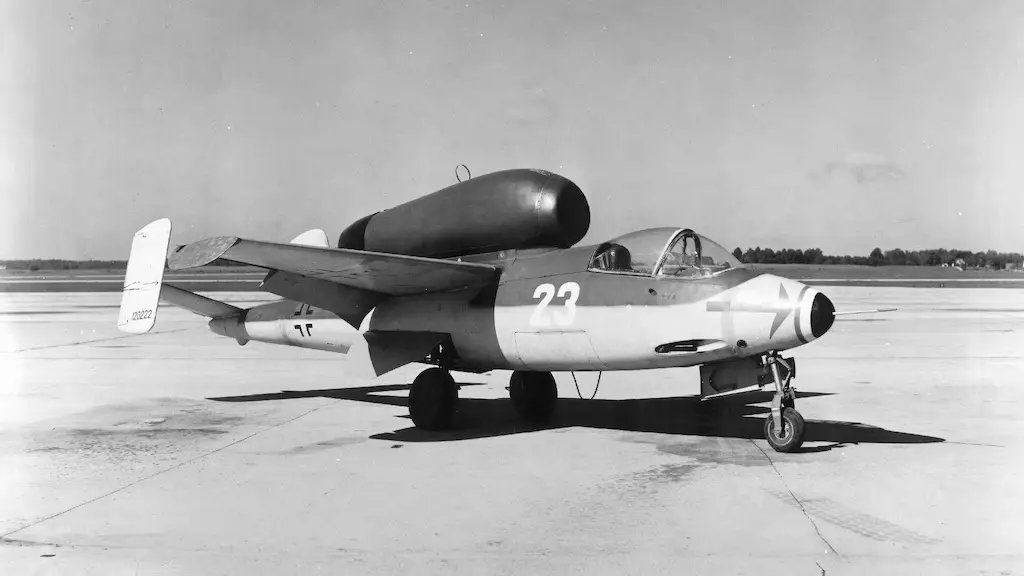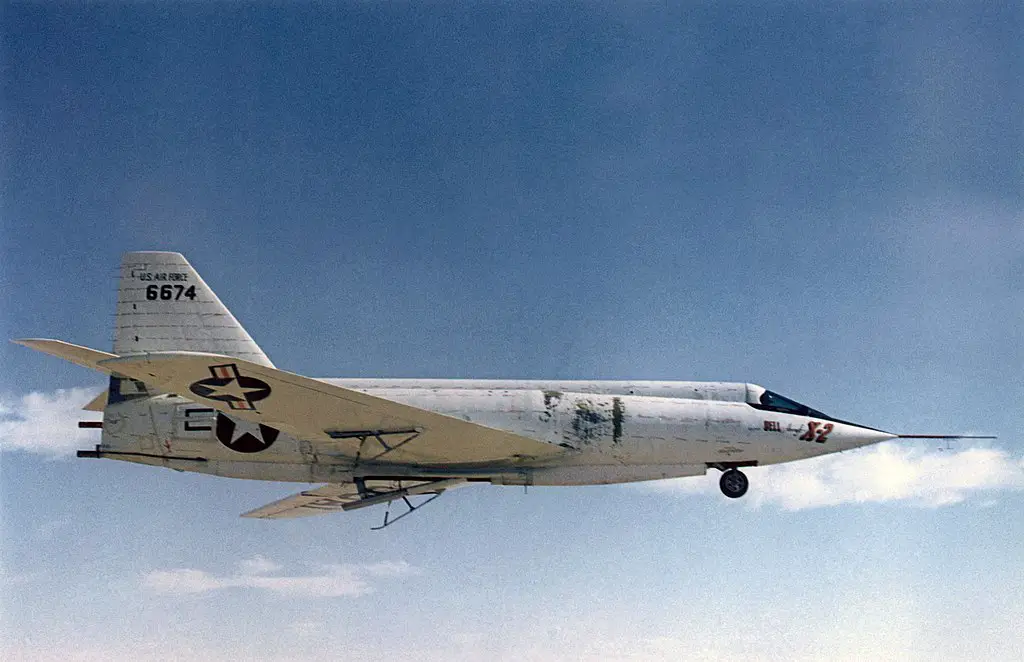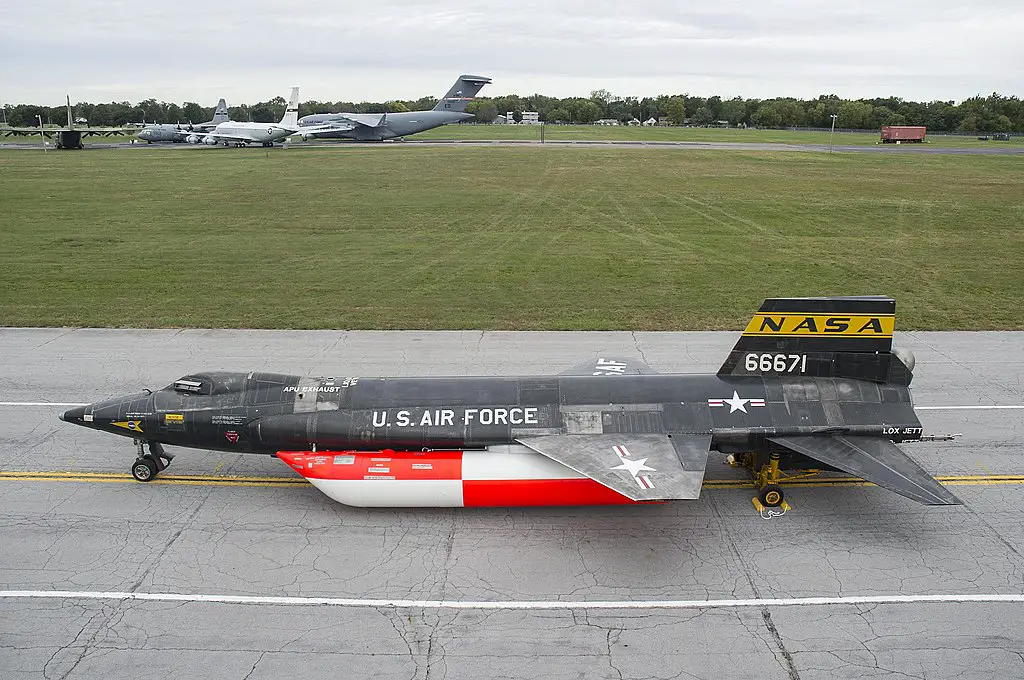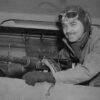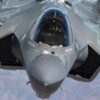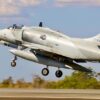In the pages of aviation history, the Bell X-2 stands as a testament to human ingenuity and our unrelenting pursuit of the unknown. This rocket-powered aircraft pushed the boundaries of speed and altitude, paving the way for future aerospace innovations. Let’s embark on a journey through the development history, test flights, cancellation, and enduring legacy of the legendary Bell X-2.
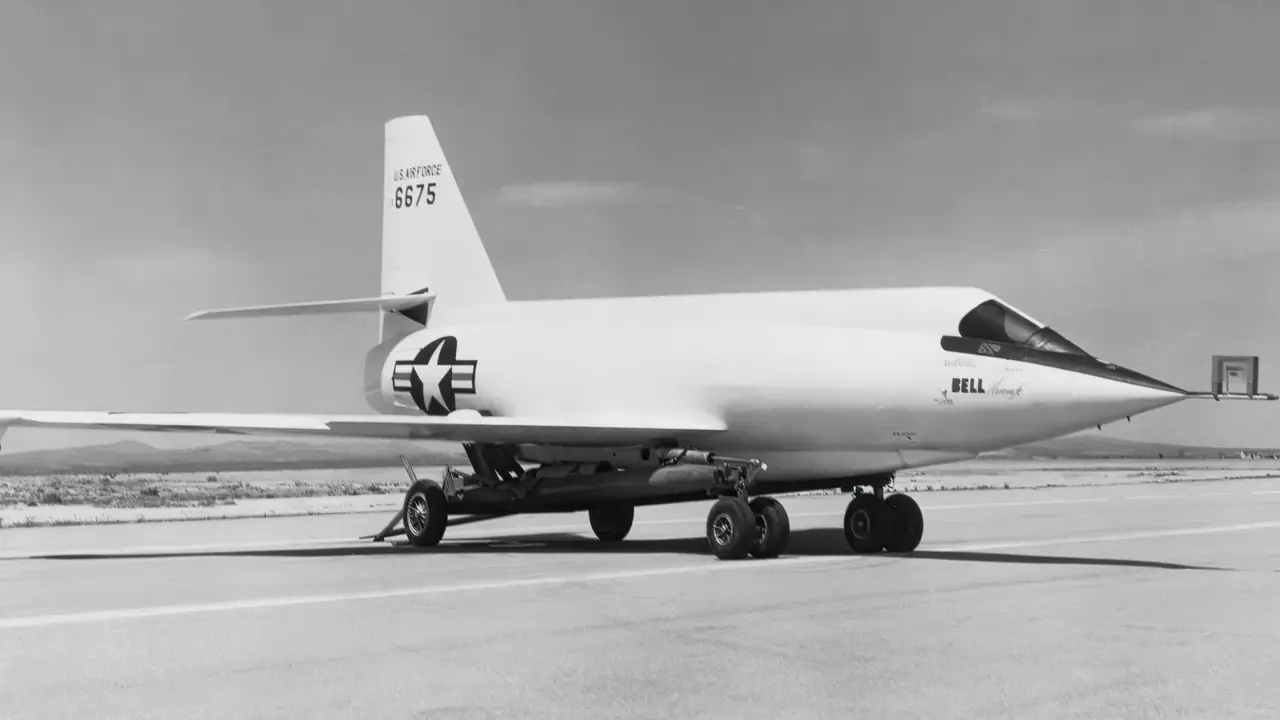
The Birth of a Rocket-Powered Marvel
In supersonic flights early days, engineers grappled with understanding high-speed aerodynamics and thermal loads on aircraft structures. Conceived in the late 1940s, the Bell X-2 aimed to explore these frontiers as an experimental research aircraft.
Bell Aircraft Corporation and the National Advisory Committee for Aeronautics (NACA) collaborated to create the X-2. This sleek, needle-nosed, swept-wing aircraft featured a cutting-edge liquid-fueled XLR25 rocket engine. The remarkable engine produced 15,000 pounds of thrust, pushing the X-2 to unparalleled speeds and altitudes.
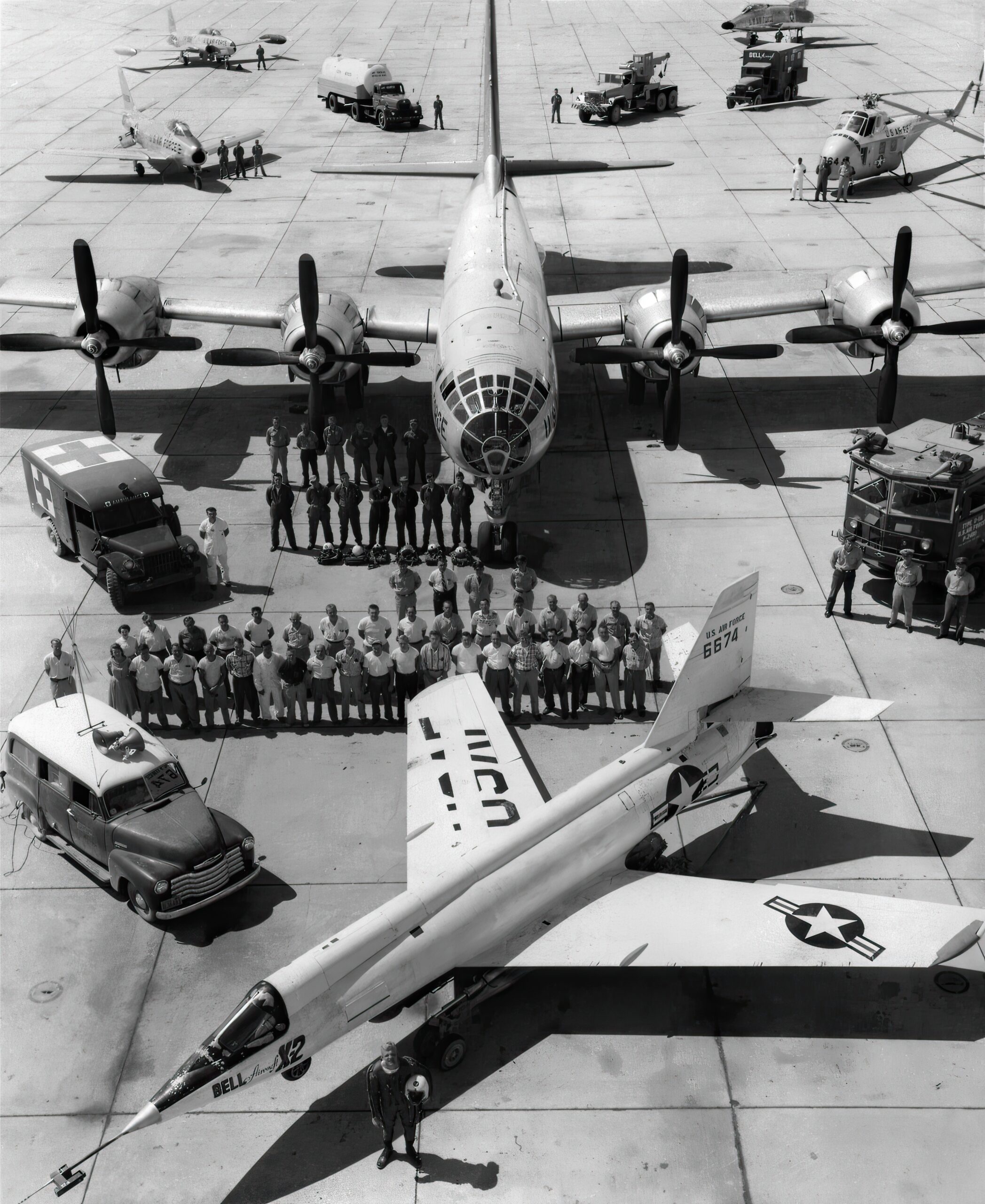
Soaring to New Heights
The Bell X-2’s test flight program was a series of trials and tribulations, punctuated by moments of sheer brilliance. On June 27, 1952, the first unpowered glide test took place, with test pilot Jean “Skip” Ziegler at the controls. After a series of additional glide tests, the X-2 was finally ready for its first powered flight on November 18, 1955, with Captain Iven C. Kincheloe Jr. in the cockpit.
Throughout the course of 20 test flights, the Bell X-2 broke multiple records. On September 7, 1956, Kincheloe became the first pilot to exceed 100,000 feet in altitude, reaching a staggering 126,200 feet. Just 20 days later, Captain Milburn G. Apt would push the X-2 to its limits, achieving a top speed of Mach 3.2 (2,094 miles per hour) – a record that would stand for over a decade.
The X-2 Program’s End
Despite groundbreaking accomplishments, tragedy struck the X-2 program. On September 27, 1956, Captain Apt’s flight ended disastrously, losing control and crashing, claiming both pilot and aircraft. This event, coupled with the X-2 sister aircraft’s earlier ground test loss, led to the program’s cancellation.
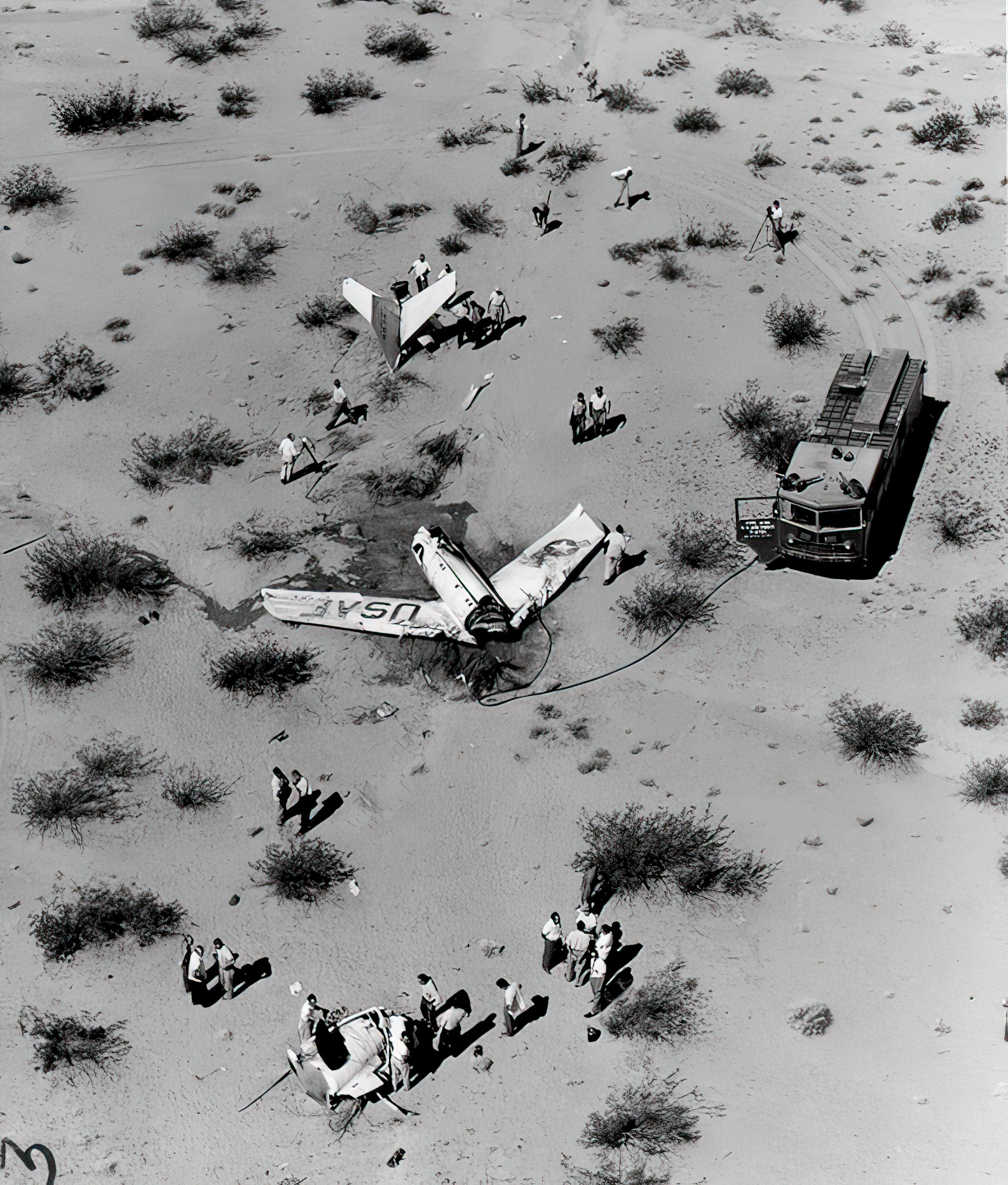
The Bell X-2’s Influence on Aerospace
Although short-lived, the Bell X-2 program leaves a lasting legacy in the aerospace industry. The crucial data from X-2’s test flights enhanced our knowledge of high-speed aerodynamics, high-altitude flight, and temperature control, directly impacting future aircraft and spacecraft designs, such as the iconic X-15 and the Space Shuttle.
Additionally, the X-2 program produced a generation of test pilots who became legendary figures in aerospace history. Notable pilots include Neil Armstrong and Joe Engle, who later transitioned into astronauts and played significant roles in NASA’s space program.
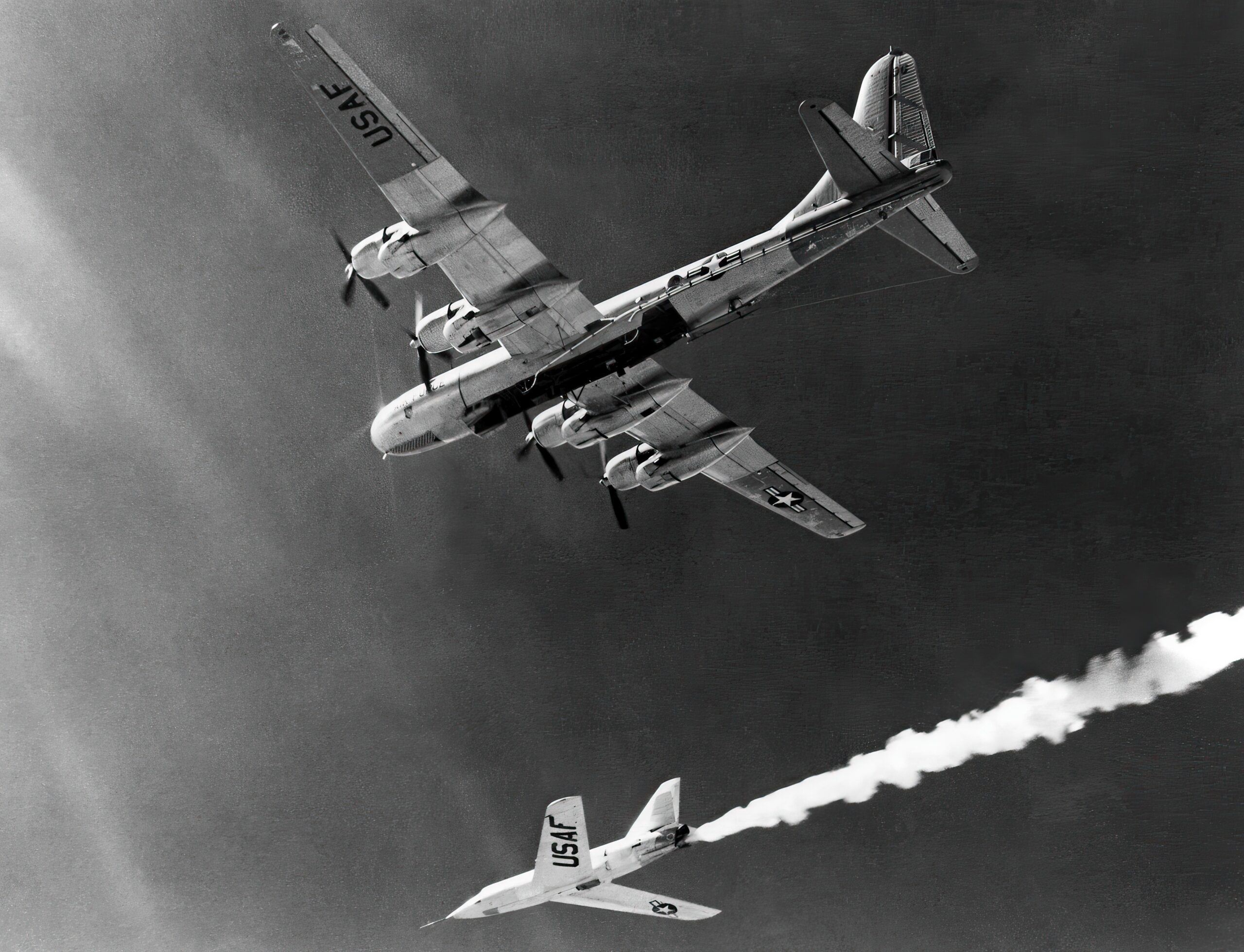
A Timeless Symbol
The Bell X-2 remains an enduring symbol of human ingenuity and our quest to push the boundaries of what’s possible. Despite the challenges and tragedies that marked its brief existence, the X-2 demonstrated the potential of rocket Power and our capacity to innovate under the most demanding conditions. Its contributions to the field of aerospace engineering have left a lasting impact, with many of its discoveries still resonating in modern aircraft and space exploration technologies.
Today, the Bell X-2’s achievements highlight the importance of experimental research in advancing flight understanding and human potential. As we develop new aerospace technologies and explore the cosmos, the X-2 symbolizes innovation and our relentless drive to reach the stars.
